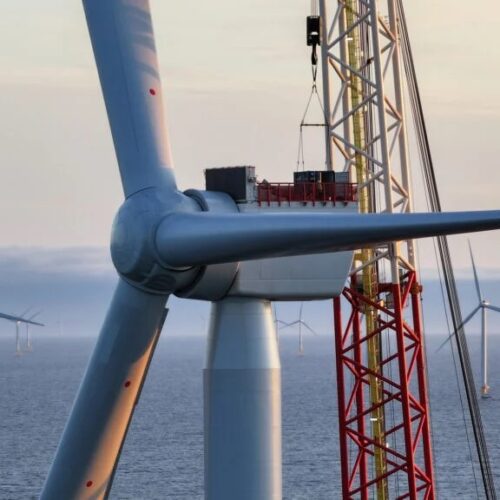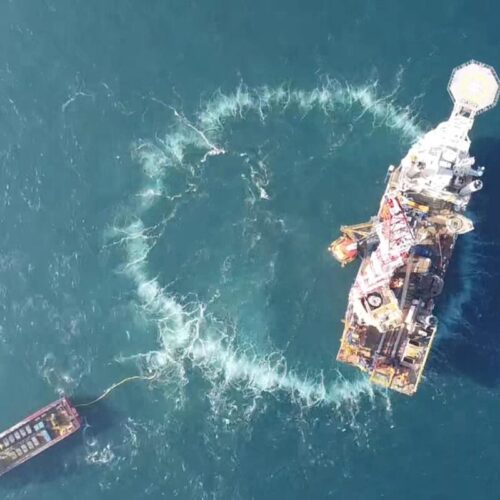National Grid has selected Siemens Energy as preferred bidder for a major portion of the Sea Link transmission project.
The company has been appointed the preferred bidder for the two high voltage direct current (HVDC) converter stations that will be constructed as part of the Sea Link development. One of these stations will be located in Suffolk and one will be located in Kent. After passing through these converter stations, new terrestrial cables will link the converter stations to existing transmission infrastructure at either end of the connection, ensuring electricity gets to those who need it.
The Sea Link project seeks to strengthen the UK’s transmission grid by connecting Pegwell Bay in Kent to a point on the Suffolk coast between Aldeburgh and Thorpeness through 138km of new cabling, mostly situated under the sea. The project will have a 2GW capacity and will use 525kV marine cabling.
National Grid submitted a Development Consent Order (DCO) application to the UK government for the Sea Link development late last month. The Planning Inspectorate now has 28 days from the date of submission to decide if it will accept the proposal for consideration. If accepted for consideration, a decision is expected to be made on the project by the winter of 2026, with construction of the project expected to take place between 2027 and 2030.
Sea Link project director Adrian Pierssene called the selecting of a preferred bidder “a major milestone” for the project. He added that Siemens Energy selected as preferred bidder due to the firm’s “specialist expertise” that will support the project’s delivery.
Mark Pilling, vice president of grid solutions for Europe at Siemens Energy said the company is looking forward to continuing its strong working relationship with National Grid, adding that the Sea Link project is a “crucial step in our efforts to meet the UK’s expanding electricity needs”.
The Sea Link development forms part of National Grid’s Great Grid Upgrade plan, a collection of 17 major transmission infrastructure projects set to overhaul the UK’s electricity grid to prepare the nation for a future powered by renewable energy.
A number of other projects in the Great Grid Upgrade plan have been making significant progress in recent months; in September of last year, National Grid successfully secured a DCO for the Bramford to Twinstead Reinforcement project, which will remove 27km of overhead cabling between Suffolk and Essex and replace it with new overhead lines and underground cables. These upgrades are aimed at resolving a transmission bottleneck in the grid in the East of England to allow more renewable energy projects to be connected to the grid.






